Visual disabilities vary greatly. Persons are considered legally blind when visual acuity is 20/200 or less in the better eye with the use of corrective lenses or when they have a field of vision no greater than 20 degrees. Most people who are legally blind may have some vision. Others who are partially sighted may rely on residual vision with the use of adaptive equipment. People who are totally blind may have visual memory, depending on the age when vision was lost.
Whatever their degree of visual disability, students should be expected to participate fully in classroom activities, including discussions and group work. To record notes, some use such devices as portable or computerized braillers, others may use note-takers. They may encounter limitations in laboratory classes and field trips, and internships, but with planning and adaptive equipment the barriers can be overcome or minimized.
Before or early in the semester:
- Provide reading lists or syllabi in advance to allow time for such arrangements to be made as ordering electronic versions of textbooks and other reading materials or for scanning or brailing of texts.
- If videos will be used in class or assigned, provide a list in advance to enable private viewing with a video describer.
- Web-based or web-enhanced courses pose challenges for students with vision disabilities. Screen enlargement and screen reader software may address many access issues. Consultation with the student and the Disability Services staff will assist in identifying effective adjustments.
- In cooperation with the Disability Services staff, assist the student in finding readers, note-takers, or tutors, as necessary, or team the student with a sighted classmate or laboratory assistant.
- Reserve front seats for low-vision students. If a guide dog is used, it will be highly disciplined and require little space.
During the semester:
- Face the class when speaking.
- Convey in spoken words whatever you put on the board and any other visual cues or graphic materials you may use.
- Permit lectures to be taped and/or provide copies of lecture notes, where appropriate.
- Duplicate materials distributed to the class on a large-print copier, or print documents in large fonts and/or provide electronic copies on disk, flash drive or by e-mail.
- Be flexible with assignment deadlines.
Plan field trips and such special projects as internships well in advance and alert field supervisors to whatever adaptations may be needed.
- If a specific task is impossible for the student to carry out, consider an alternative assignment.
Examinations and evaluations:
Students should not be exempt from examinations or be expected to master less content or lower levels of scholastic skills because of visual disabilities. But alternative means of assessing their course achievements may be necessary. The students themselves, because of their experience in previous learning situations, and the college Disability Services staff may offer suggestions on testing and evaluation strategies. Among alternatives are oral, large print, Braille, or audio taped exams.
Screen reader and print enlargement software can be used with electronically formatted examinations, which may be sent to the Disability Services office via email. Each of these alternatives with additional time to complete the exam may be warranted.
Other adaptations suited to specific instructional situations— like tactile materials in presenting diagrams or illustrations in certain subjects—may be helpful.
